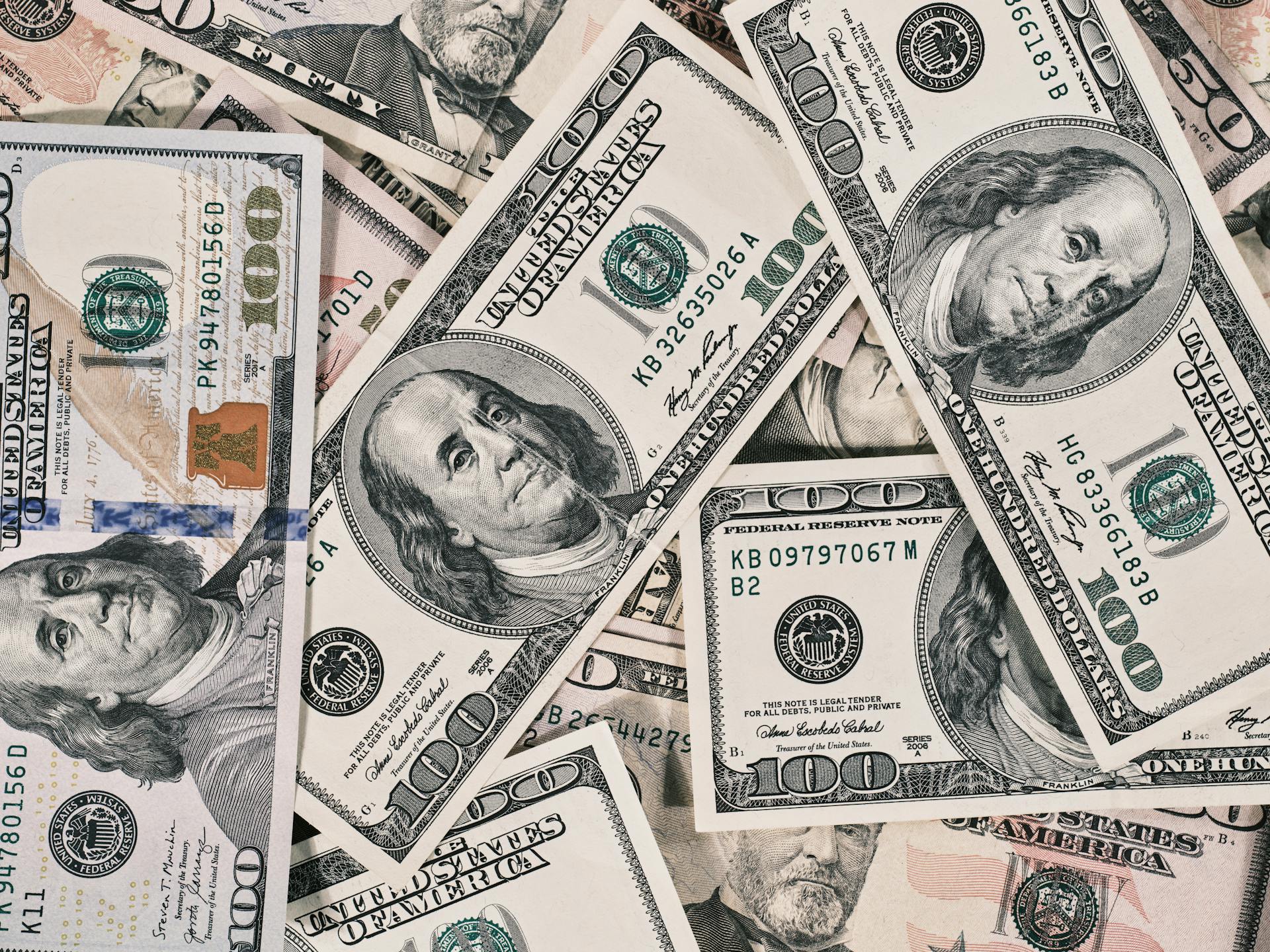
US government securities are a type of investment that's backed by the full faith and credit of the US government. They're essentially IOUs that the government issues to finance its activities.
These securities are considered to be extremely low-risk, as the US government has a strong track record of making good on its debts. The government issues them in various forms, including Treasury bills, notes, and bonds.
One of the main benefits of US government securities is that they provide a stable source of income, with returns that are generally higher than those offered by traditional savings accounts.
What Are US Government Securities?
US government securities are issued by the U.S. Treasury, offering a range of investment products.
These securities are backed by the full faith and credit of the US government, making them a conservative investment option with low risk.
The most common types of US government securities are Treasury bonds, bills, and notes, which are used to fund ongoing government operations.
These securities promise the repayment of invested principal at maturity, providing a sense of security for investors.
Some US government securities may also pay periodic coupon or interest payments, adding to their appeal for investors seeking regular income.
You might enjoy: Us Treasury Securities Risk
Key Concepts
Government securities are government debt issuances used to fund daily operations and special projects. They guarantee the full repayment of invested principal at maturity and often pay periodic coupon or interest payments. This makes them a safe investment option, but they tend to pay a lower rate of interest than corporate bonds.
The tradeoff for buying risk-free securities is that they often have lower interest rates. This is because investors are essentially lending money to the government, which is considered to be a low-risk investment. As a result, investors can expect to earn a steady stream of interest income, but it may not be as high as other types of investments.
Here are some key characteristics of government securities:
- Government securities are considered to be risk-free
- They guarantee the full repayment of invested principal at maturity
- They often pay periodic coupon or interest payments
- They tend to pay a lower rate of interest than corporate bonds
Understanding
Government securities are debt instruments issued by a sovereign government to finance daily operations and special projects. They're essentially loans to the government that it promises to repay with interest.
These securities are considered risk-free because they're backed by the government's guarantee. This means that investors can expect to get their principal back at maturity, as the government can always print more money to cover the debt.
Investors can buy government securities to earn interest income from periodic coupon payments or to add conservative, risk-free assets to their portfolio. They may also sell these securities on the secondary bond market to other investors.
Government securities come in different forms, but the most well-known types are issued by the U.S. Treasury, including Treasury bonds, bills, and notes. These securities have varying maturities, ranging from 1 to 30 years.
Here's a quick rundown of the types of government securities:
Investors can choose to hold government securities until maturity or sell them on the secondary market to other investors. This flexibility makes government securities a popular choice for those looking to add conservative assets to their portfolio.
Controlling Money Supply
Controlling Money Supply is a crucial concept in economics, and it's fascinating to see how it's done. The Federal Reserve (the Fed) is the main player in this game, and they have a few tricks up their sleeve.
The Fed controls the flow of money by selling government bonds, which reduces the amount of money in the economy and pushes interest rates upward. This is called open market operations (OMO).
By selling bonds, the Fed reduces the money supply and increases interest rates. This can have a significant impact on the economy, and it's a powerful tool for the Fed to use.
The Fed can also buy back these securities, which increases the money supply and decreases interest rates. This is done by repurchasing Treasuries from investors, who then deposit the funds in their bank or spend them elsewhere in the economy.
Here's a quick rundown of what happens when the Fed buys back securities:
This process can have a significant impact on the economy, and it's an important tool for the Fed to use. By controlling the money supply, the Fed can influence interest rates and stimulate economic growth.
Check this out: When the Fed Buys Government Securities It
Buying
You can buy U.S. government securities directly from the Treasury Department's website, banks, or through brokers.
The U.S. Treasury Department issues government securities through auctions to institutional investors, but retail investors can also purchase them directly from the Treasury Department's website.
Most U.S. government securities have the full faith and credit of the U.S. government, making default unlikely.
To buy foreign government bonds, also known as Yankee bonds, you'll need to work with brokers who have international experience and may need to meet specific qualifications.
Some foreign bonds require the creation of offshore accounts and have high minimum investment levels.
Savings bonds offer fixed interest rates over the term of the product and can be purchased directly from the Treasury Department's website.
Savings bonds cannot be redeemed for the first 12 months they are held, and redeeming one within the first five years means forfeiting the months of accrued interest.
You might enjoy: Us Treasury Inflation Protected Securities Tips

Treasury bonds, also known as T-Bonds, have maturities of between 10 and 30 years and have $1,000 face values.
These bonds pay semiannual interest returns and are used by the government to fund deficits in the federal budget.
The Federal Reserve controls the money supply and interest rates through the buying and selling of Treasury bonds.
Discover more: Legacy Treasury Direct
Foreign Debt
The US government owes a staggering $35 trillion in debt, with the majority held by the public and $7.17 trillion held by the government itself.
Foreign countries own approximately $7.9 trillion in US Treasurys, which is about 22.9% of total US debt. This is a significant decrease from the peak in 2014 when foreign-owned debt reached $8.0 trillion, or 33.9% of total debt.
Japan and China have been the largest foreign holders of US debt over the past 20 years, with Japan's ownership growing from $556.3 billion to over $1.1 trillion and China's ownership growing from $105.6 billion to $749.0 billion.
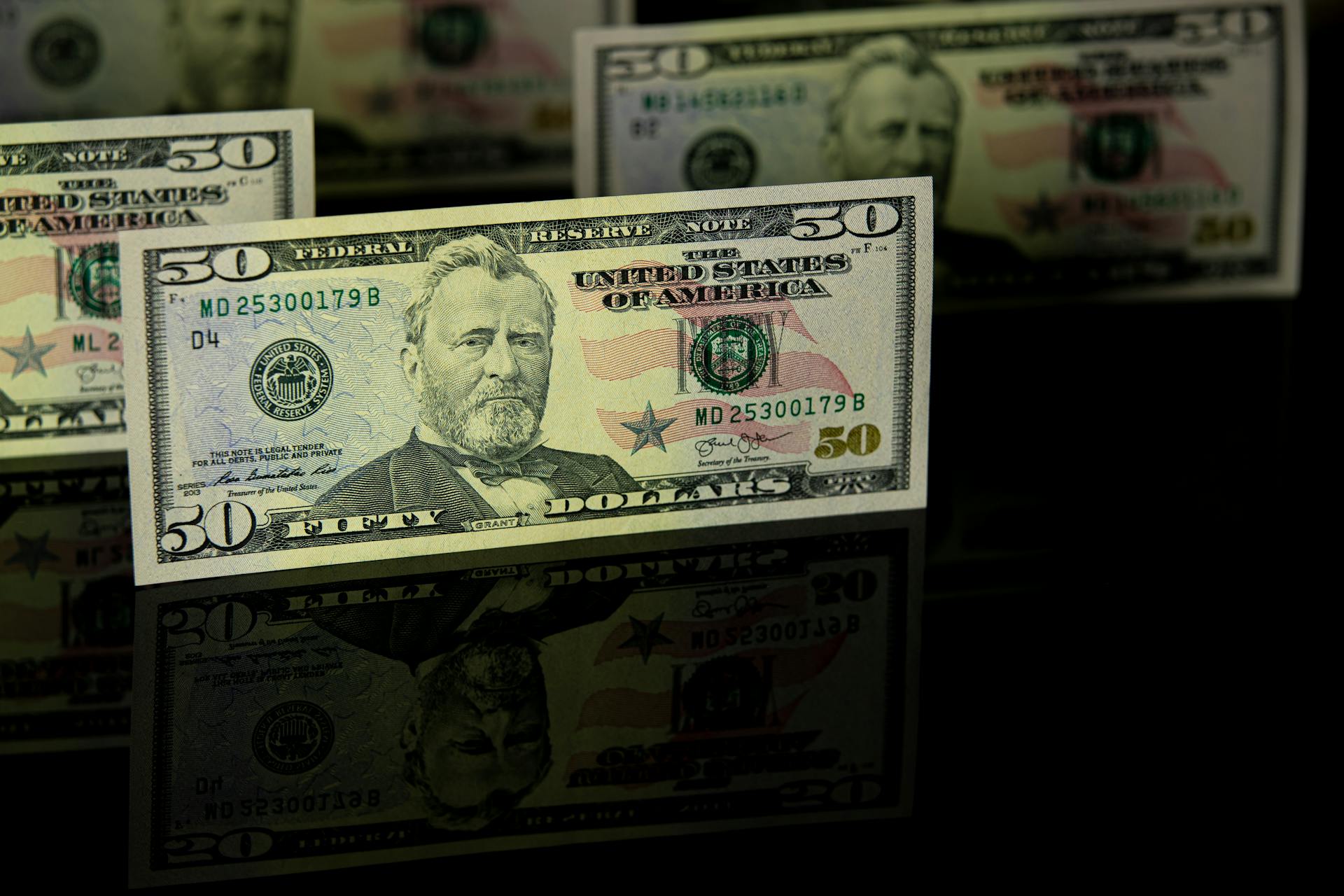
Here's a breakdown of the top 5 countries owning US debt as of April 2024:
Foreign ownership of US debt introduces several risks, including the potential for foreign entities to influence US economic policies and create instability by rapidly selling off their holdings.
Countries with the Most Debt
Countries with the most US debt are primarily foreign governments, and some of the largest holders are Japan and China. As of April 2024, Japan owns over $1.1 trillion in US Treasurys, while China holds around $749 billion.
Japan's ownership has grown significantly over the past 20 years, increasing from $556.3 billion in December 2000 to its current amount. China's ownership has also expanded, rising from $105.6 billion in December 2000 to $749 billion.
The top five countries owning the most US debt as of April 2024 are Japan, China, the United Kingdom, Luxembourg, and Canada. Japan and China have historically held a significant portion of foreign-owned US debt, but their share has declined over time.
Here are the top 5 countries owning the most US debt as of April 2024:
Foreign Country Debt
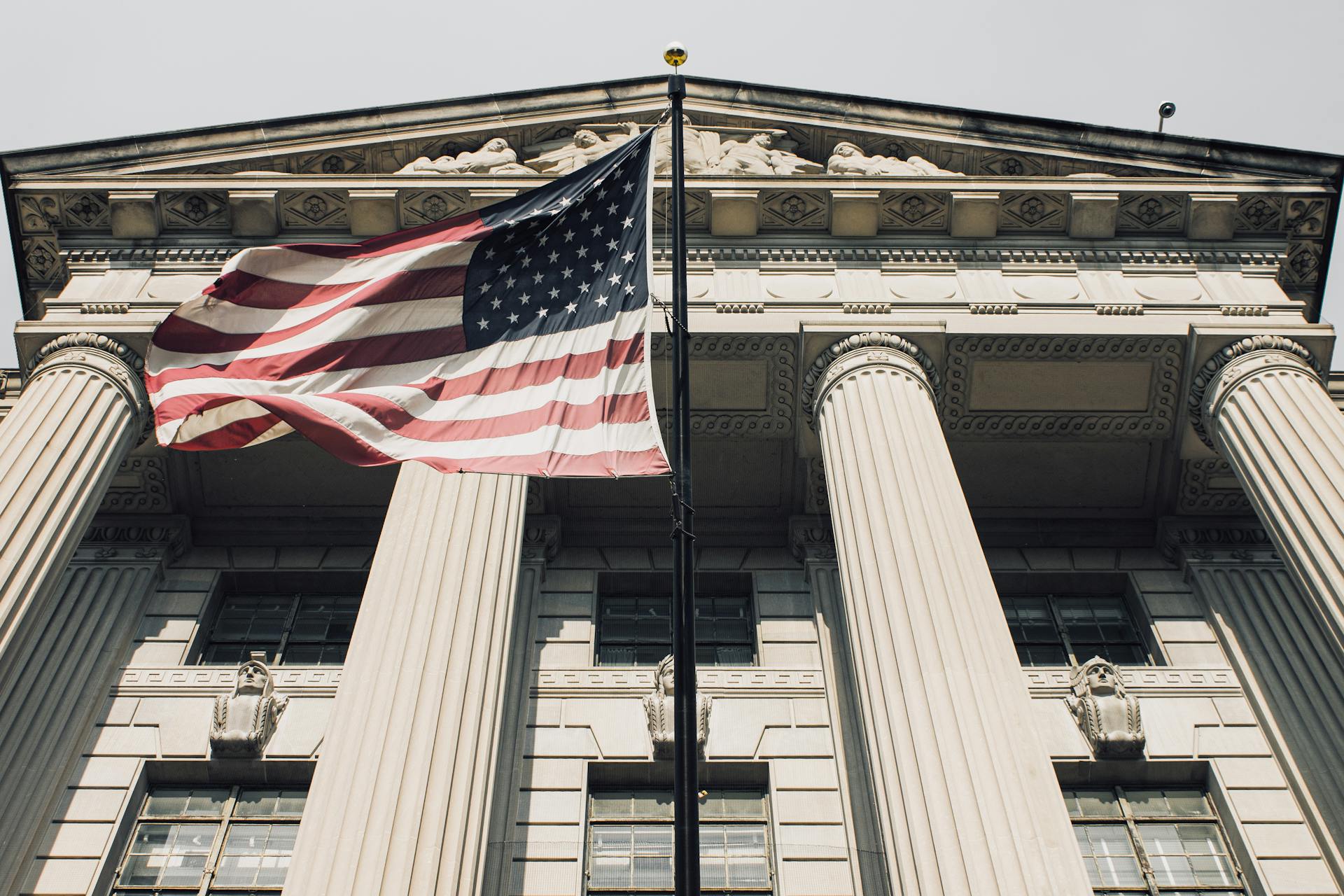
Foreign countries own a significant portion of US debt, with approximately $7.9 trillion in Treasurys, or 22.9% of total US debt, as of April 2024.
Over the past two decades, foreign ownership of US debt has increased steadily, with central banks and government entities owning more than 50% of foreign-owned debt. Independent investors and companies held the rest.
Japan and China have been the largest foreign holders of US Treasurys, with Japan growing from owning $556.3 billion to over $1.1 trillion between 2000 and 2024, and China's ownership growing from $105.6 billion to $749.0 billion.
The five countries owning the most US debt as of April 2024 are Japan ($1.1 trillion), China ($749.0 billion), the United Kingdom ($690.2 billion), Luxembourg ($373.5 billion), and Canada ($328.7 billion).
Foreign countries buy US debt because it's among the world's most secure assets, with the US government's commitment to timely debt repayment making Treasurys a staple in many foreign monetary policies.
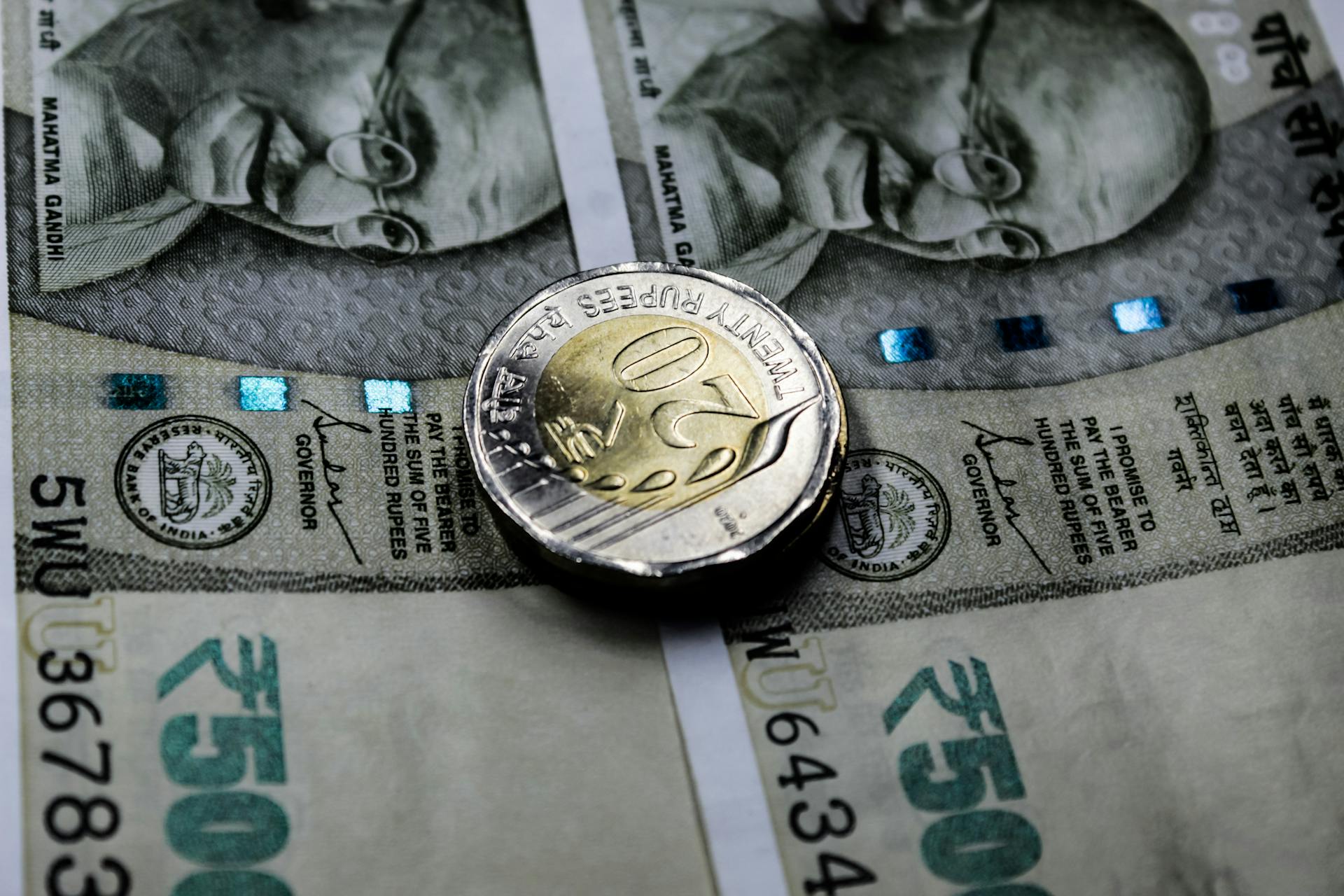
However, foreign ownership of US debt introduces several risks, including the potential for foreign entities to influence US economic policies and create instability by rapidly selling off their holdings.
The US is vulnerable to changes in the global economic landscape due to its reliance on foreign financing, which can lead to decreased purchases or accelerated selloffs of US debt, affecting US interest rates and financial stability.
If foreign demand for US debt decreases, financing future deficits could become more challenging, potentially necessitating higher domestic interest rates to attract necessary capital, and contributing to economic imbalances that affect various sectors and potentially impact jobs and industries within the US.
Related reading: Us Government Securities Interest Rates
Mortgage and Auction
The US government issues securities to finance its activities, but sometimes properties are seized by the government and sold at auction to recover debts. This can happen when a borrower defaults on a mortgage insured by the government.
The mortgage insurance is usually backed by the Federal Housing Administration (FHA) or the Department of Veterans Affairs (VA). If a borrower defaults, the government can take ownership of the property and sell it at auction to recoup its losses.
The auction process can be complex and may involve multiple bidders, but the goal is to sell the property for a fair price and minimize losses for the government and other stakeholders.
Mortgage Agency

A mortgage agency is a crucial player in the mortgage and auction process. They are responsible for managing and servicing mortgage loans.
In the United States, the Federal Housing Administration (FHA) is a major mortgage agency that provides mortgage insurance to homebuyers. The FHA was created in 1934 to improve housing standards and conditions.
Mortgage agencies like the FHA offer various mortgage insurance programs, including the popular 203(b) loan program. This program allows borrowers to purchase a home with as little as 3.5% down payment.
Borrowers who default on their mortgage payments can face foreclosure, which can have severe consequences on their credit score. According to the article, a foreclosure can stay on a credit report for up to 7 years.
Related reading: Government Home Loan Refinance Programs
Auction & Quotes
Auction houses often hold mortgage auctions to sell properties that are in foreclosure.
These auctions can be a great way for investors to purchase properties at a lower price.
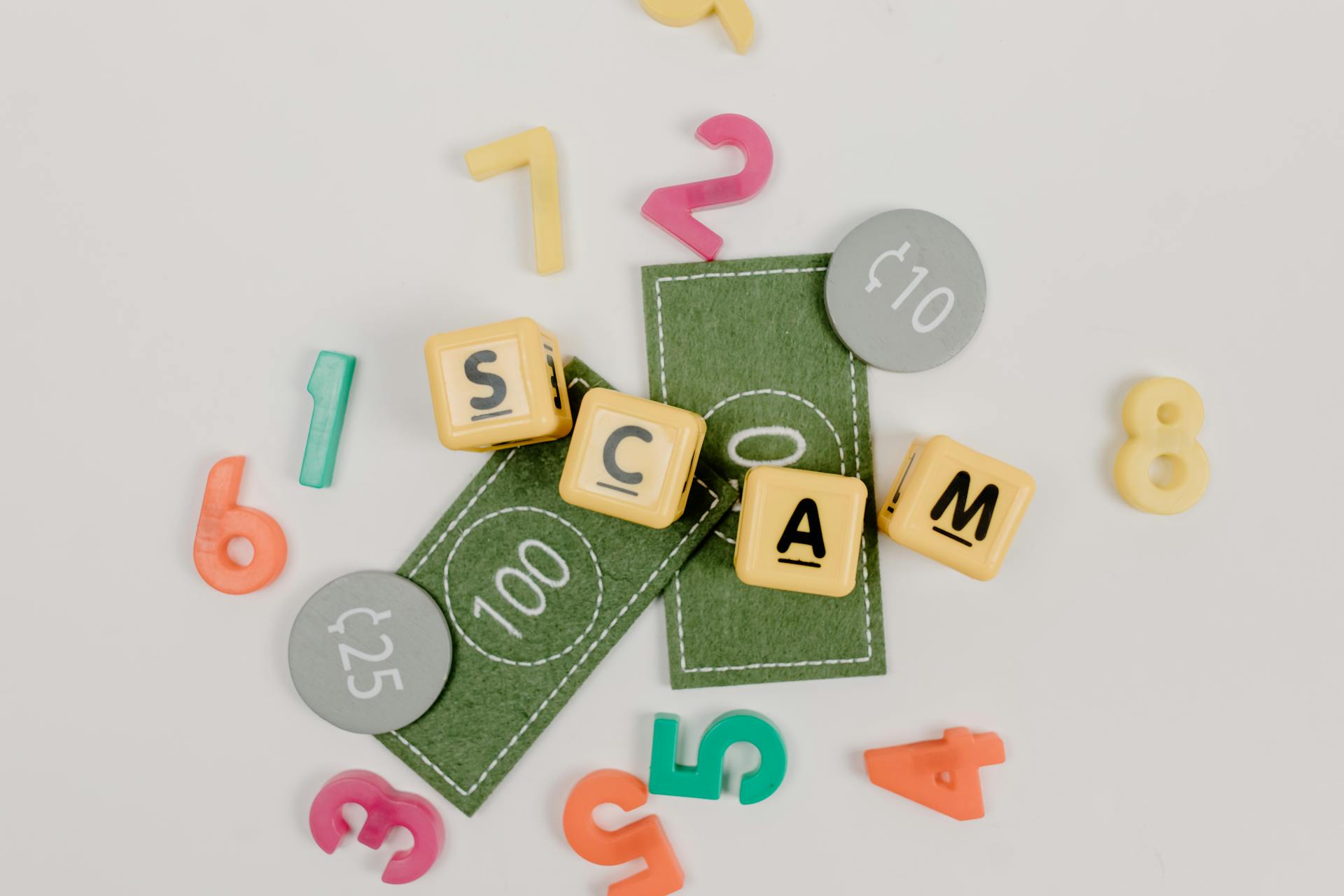
The minimum bid at a mortgage auction is typically around 70% of the property's value.
Properties sold at auction usually need significant repairs and renovations before they can be lived in.
Homeowners who are struggling to pay their mortgage may be able to negotiate a short sale with their lender.
This can be a more cost-effective option than a foreclosure, but it still requires the homeowner to sell their property for less than its market value.
The lender will usually provide a quote for the short sale, which includes the amount they are willing to accept for the property.
In some cases, the lender may also offer to pay off the homeowner's remaining mortgage balance as part of the short sale.
Price Yield Calculator
The Price Yield Calculator is a valuable tool for investors looking to understand the performance of their ETFs. It provides an indication of an ETF's yield and duration for a given market price.
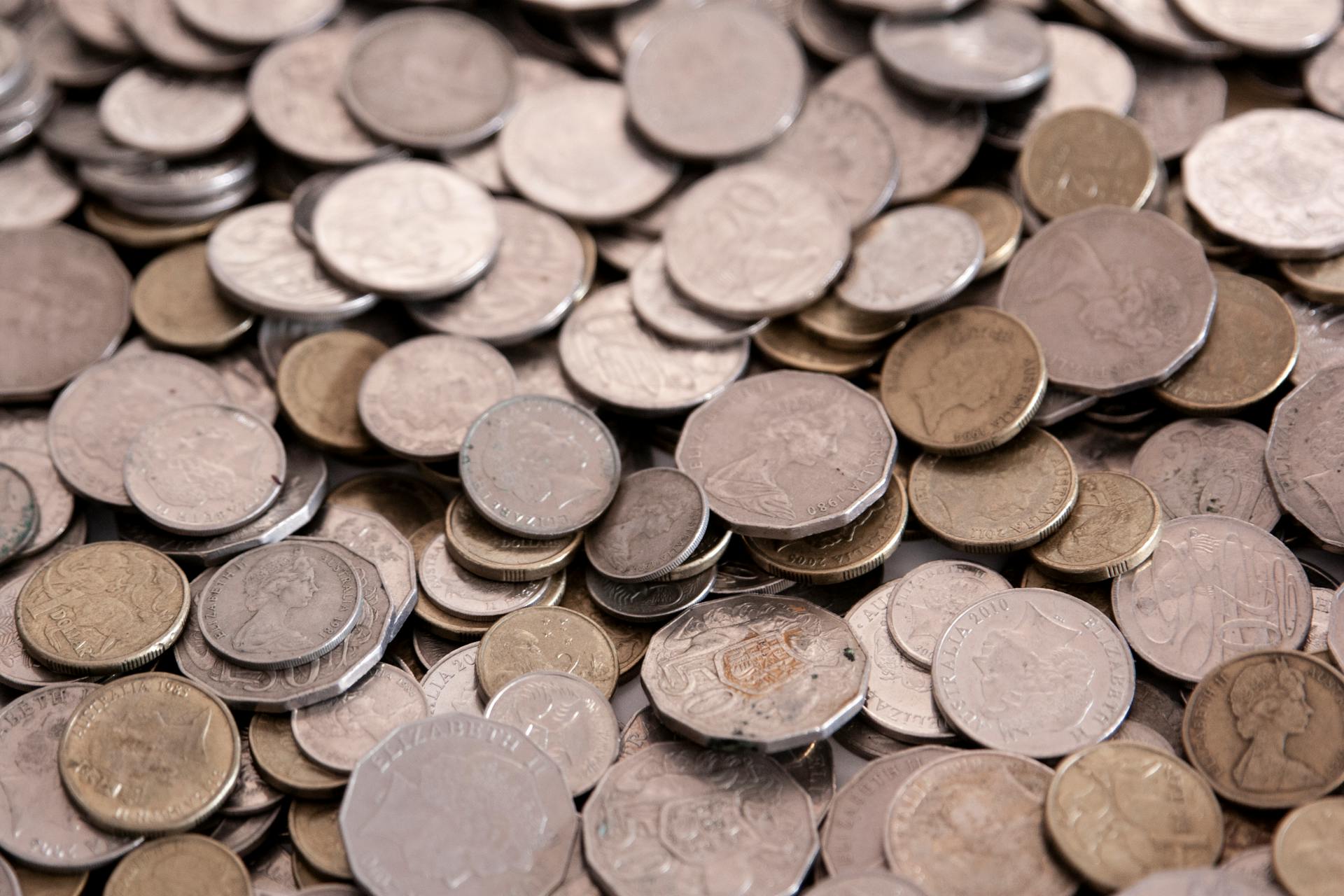
The calculator uses the ACF Yield, which is the discount rate that equates the ETF's aggregate cash flows to a given ETF price. This rate is calculated based on the yield to worst methodology, where a bond's cash flows are assumed to occur at the call date or maturity, whichever results in the lowest yield.
For example, as of February 3, 2025, the ACF Yield to Worst for a particular ETF was 4.56%. This is significantly higher than the 7.00-year Treasury Yield of 4.44%, resulting in a spread of +13 basis points.
The calculator also provides the Modified Duration, which is a measure of how sensitive an ETF's price is to changes in interest rates. In the case of the mentioned ETF, the Modified Duration is 5.87 years.
Here's a breakdown of the key metrics provided by the Price Yield Calculator:
These metrics can be used to make informed investment decisions and understand the performance of your ETFs.
Tips and Information
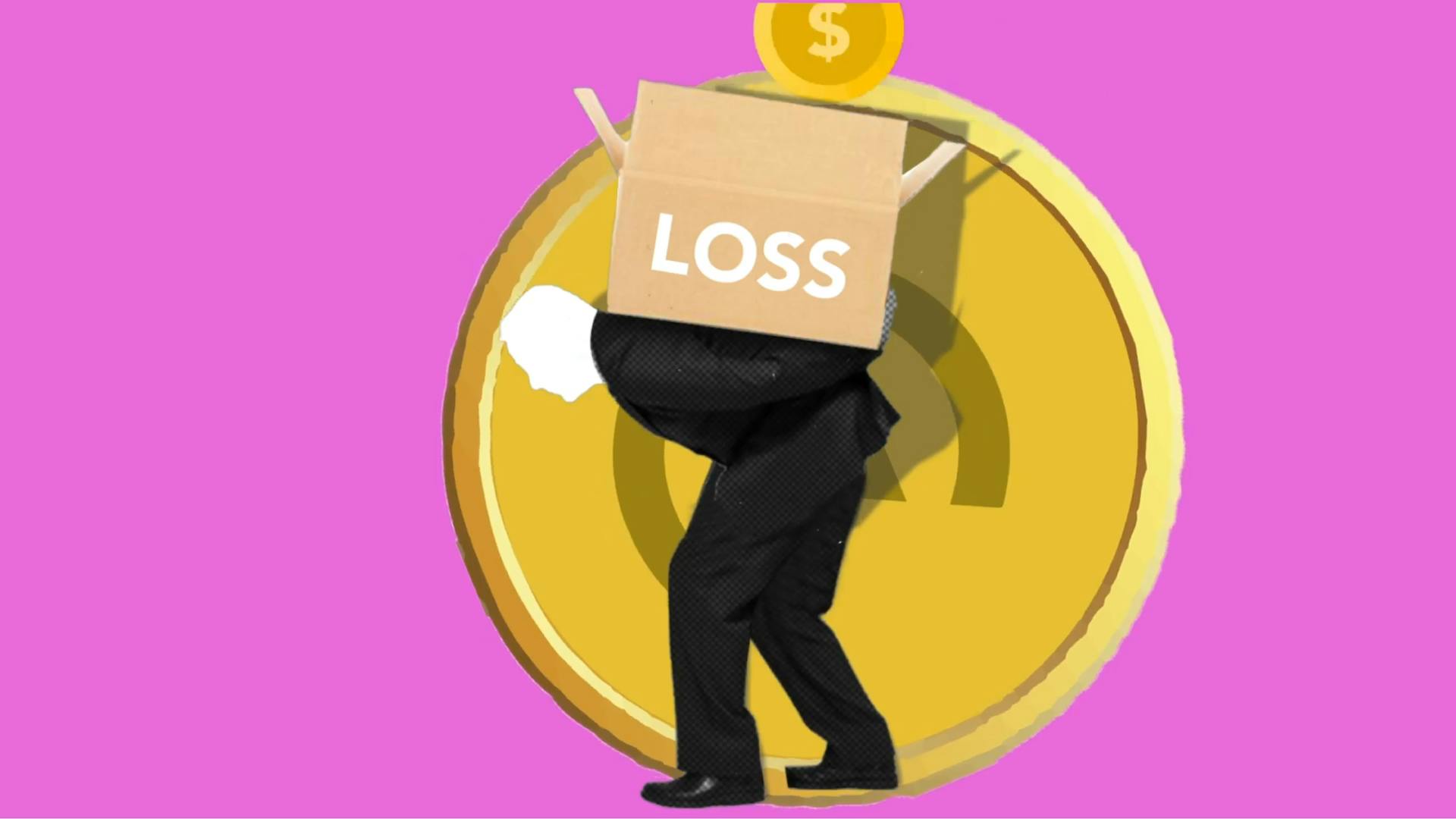
The US government securities market is a complex and fascinating world.
Treasury bills (T-bills) are the most basic type of US government security, with maturities ranging from a few weeks to a year.
Investors can buy T-bills directly from the Treasury Department's website, making it a straightforward and accessible investment option.
The yield on T-bills is influenced by market conditions and the level of inflation, with higher yields often reflecting higher inflation expectations.
The US government uses the proceeds from T-bill sales to fund its operations and pay off debts.
Investors can also buy Treasury notes (T-notes) and Treasury bonds (T-bonds), which offer longer maturities and potentially higher yields.
The yield on T-notes and T-bonds is also influenced by market conditions and inflation expectations, but the longer maturity periods can provide more stable returns.
The US government securities market is considered a low-risk investment option, making it a popular choice for conservative investors.
Expand your knowledge: Pakistan Investment Bond
Frequently Asked Questions
Are US government securities level 1 or 2?
US government securities are categorized as Level 1 in the fair value hierarchy, valued using quoted market prices from active market makers and inter-dealer brokers. This means their value is easily observable and verifiable.
Who sells US government securities?
The U.S. government sells securities through TreasuryDirect.gov, which offers electronic sales and auctions to the public, financial professionals, and state and local governments. This is the official platform for buying and redeeming U.S. Savings Bonds and other U.S.-backed investments.
Sources
- https://www.investopedia.com/terms/g/governmentsecurity.asp
- https://app.achievable.me/study/finra-series-66/learn/investment-vehicle-characteristics-fixed-income-us-government-securities
- https://www.cpaallies.com/us-government-securities
- https://www.ishares.com/us/products/239468/ishares-us-treasury-bond-etf
- https://usafacts.org/articles/which-countries-own-the-most-us-debt/
Featured Images: pexels.com


